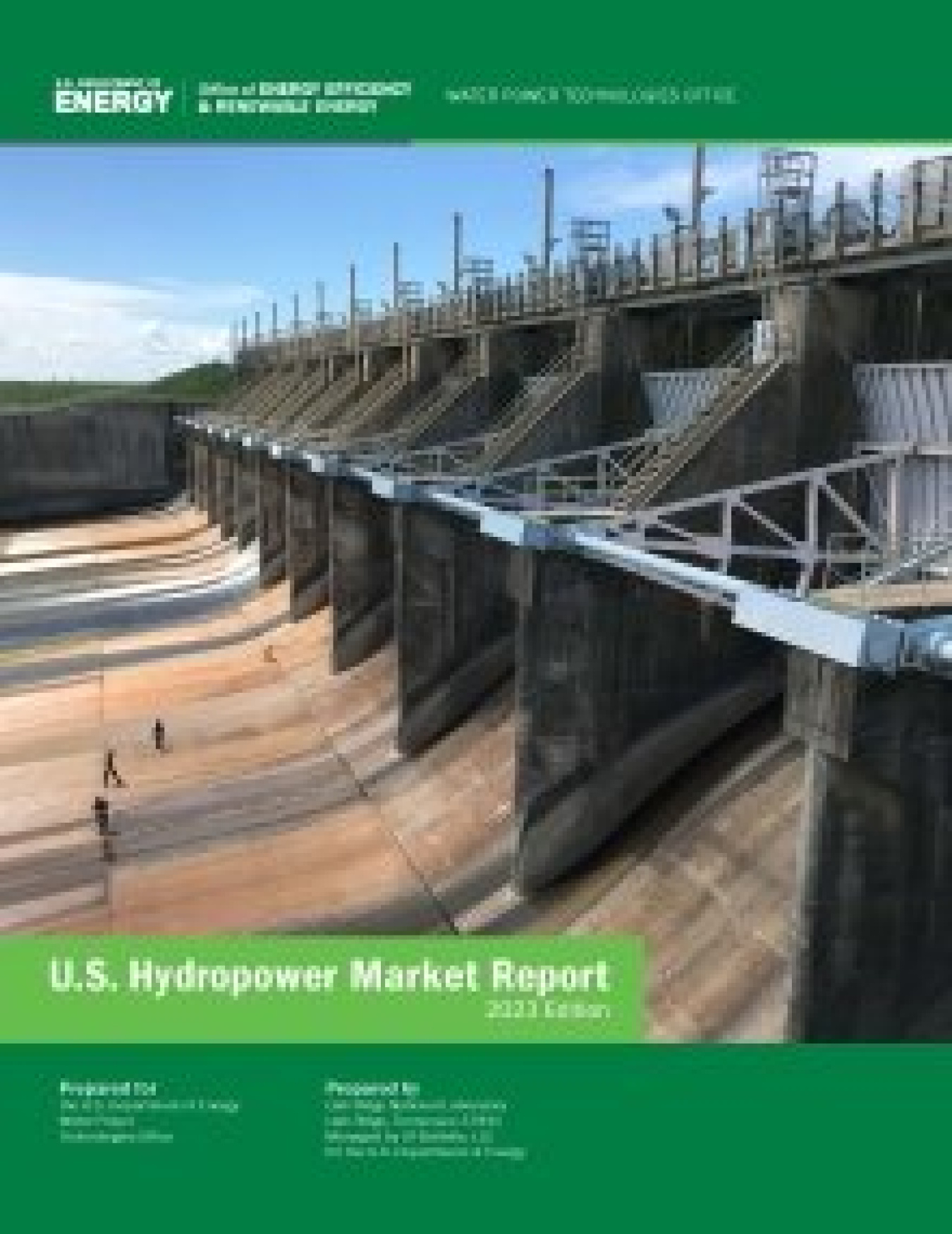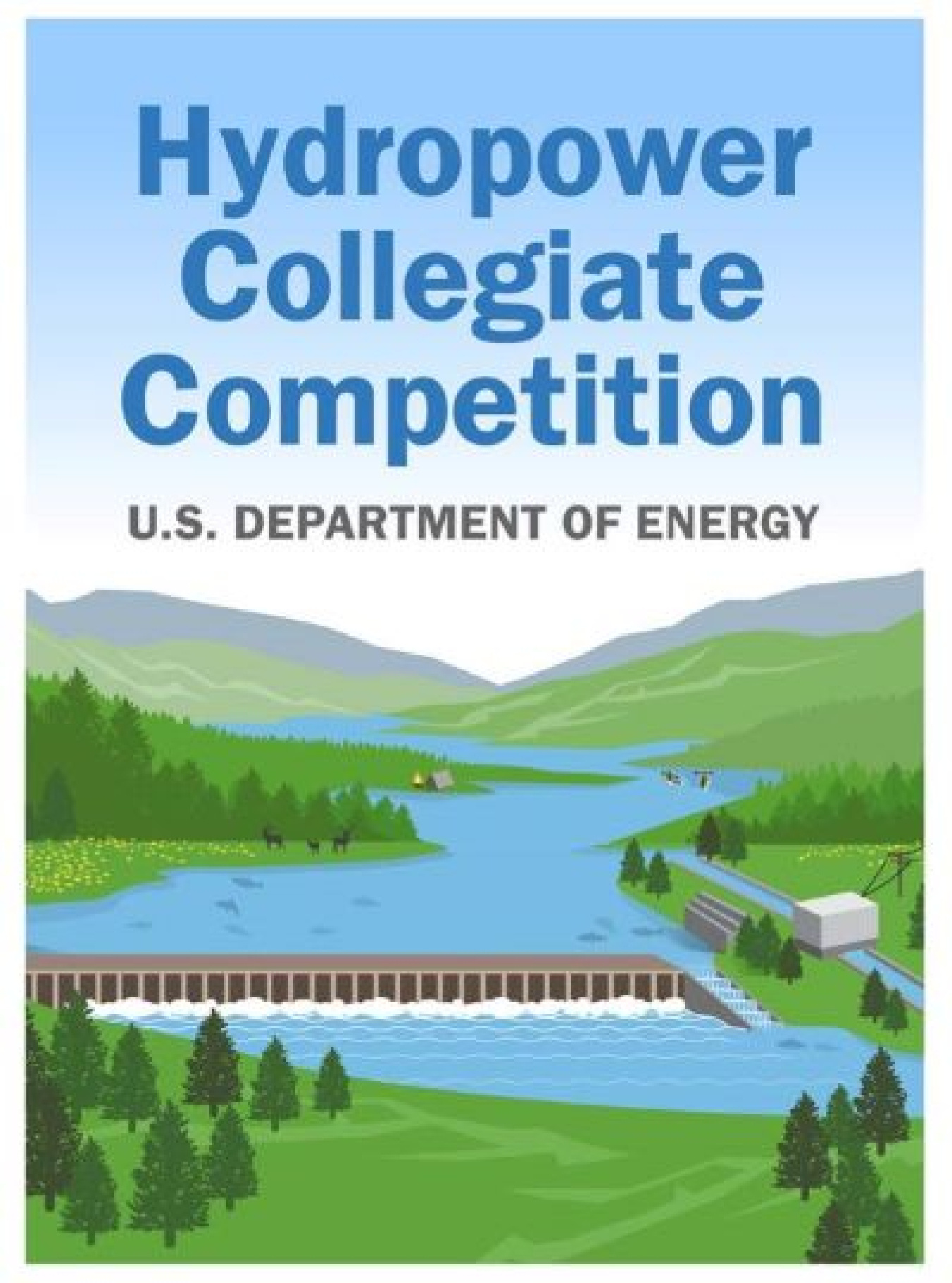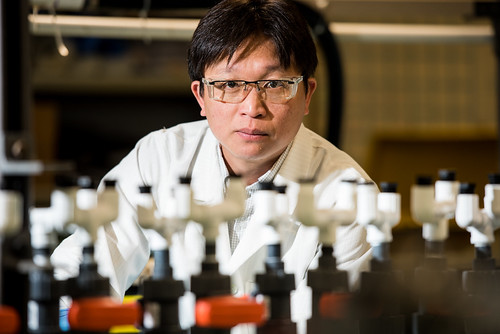Hydropower—or power generated from the natural flow of water—is the United States’ oldest source of renewable electricity. The mission of the Water Power Technologies Office's (WPTOs) Hydropower Program is to conduct research, development, and demonstration activities to advance cost-effective, reliable, and secure hydropower and pumped storage technologies. The program also seeks to better understand and capitalize upon opportunities for these technologies to support the nation's rapidly evolving grid as well as improve energy-water infrastructure and security.
Hydropower is a reliable, renewable, domestic source of energy and provides enormous benefits to the country’s grid. In 2024, hydropower accounted for 24% of U.S. renewable electricity generation. Pumped Storage Hydropower (PSH) remains the largest contributor to U.S. energy storage. PSH represented roughly 88% of all commercial storage capacity in the United States in 2022. Hydropower’s flexibility allows it to seamlessly integrate other energy sources. This allows it to act as an invaluable resource for powering the grid after an outage. force multiplier for other renewables, and makes it an invaluable resource for powering the grid after an outage.
Even though it has existed for thousands of years and been a staple of the United States' power grid for nearly 150 years, hydropower still has untapped potential and opportunity for growth. For example, less than 3% of the nation's multi-purpose dams are used to generate electricity. WPTO estimates that adding generation to existing non-powered dams could add 4.8 GW of reliable, renewable electricity to the grid. This would be enough to power between 3.6 to 4.8 million homes. By adding more PSH to the grid Americans will have access to addition long-duration storage needed by our evolving grid. Preliminary studies suggest at lest 35 GW of new PSH might be feasible.
The WPTO Hydropower Program works to advance hydropower through R&D projects focused on five core activity areas:
1) Innovations for Low-Impact Hydropower Growth
2) Grid Reliability, Resilience, & Integration or HydroWIRES(Water Innovation for a Resilient Electricity System)
3) Fleet Modernization, Maintenance, & Cybersecurity
4) Environmental & Hydrologic Systems Science
WPTO has three Memorandums Of Understanding (MOUs) focused on hydropower. These MOUs include:
1) An MOU with the Department of the Interior (through the U.S. Bureau of Reclamation) and the Department of the Army (through the U.S. Army Corps of Engineers) that aims to enhance the nation's need for reliable and affordable hydropower.
2) An MOU with the Tennessee Valley Authority that seeks to enhance collaboration on hydropower technology development.
3) An MOU with Norway's Royal Ministry of Energy to facilitate planning and coordination activities between the two countries related to hydropower research and development.
Featured Work

Hydropower Market Reports
The Hydropower Market Reports provide a comprehensive picture of developments in the U.S. hydropower and pumped storage hydropower fleet and industry trends.

U.S. Hydropower Supply Chain
A robust hydropower supply chain in the United States is critical to support new construction of hydropower facilities as well as upgrades, refurbishments, and relicensing activities at existing facilities.

Hydropower Collegiate Competition
The Hydropower Collegiate Competition asks multidisciplinary student teams to tackle common challenges in hydropower, giving them real-world exposure to the industry and a head start in a hydropower career.
Hydropower News
-
- Hydropower
- Marine Energy
November 15, 2024
Hydropower Images
Check out WPTO's hydropower image library to learn more about hydropower technologies.
Hydropower Newsletters
To stay up to date on the latest hydropower funding opportunities and news, subscribe to WPTO's Hydro Headlines newsletter. Additionally, subscribe to the Water Wire newsletter for the latest water power-related news, events, funding opportunities and more.
WPTO's Hydropower e-newsletter features news on R&D and applied science to advance sustainable hydropower and pumped-storage technologies.
WPTO brings funding opportunities, events, publications, & activities related to hydropower and marine energy directly to your inbox.


